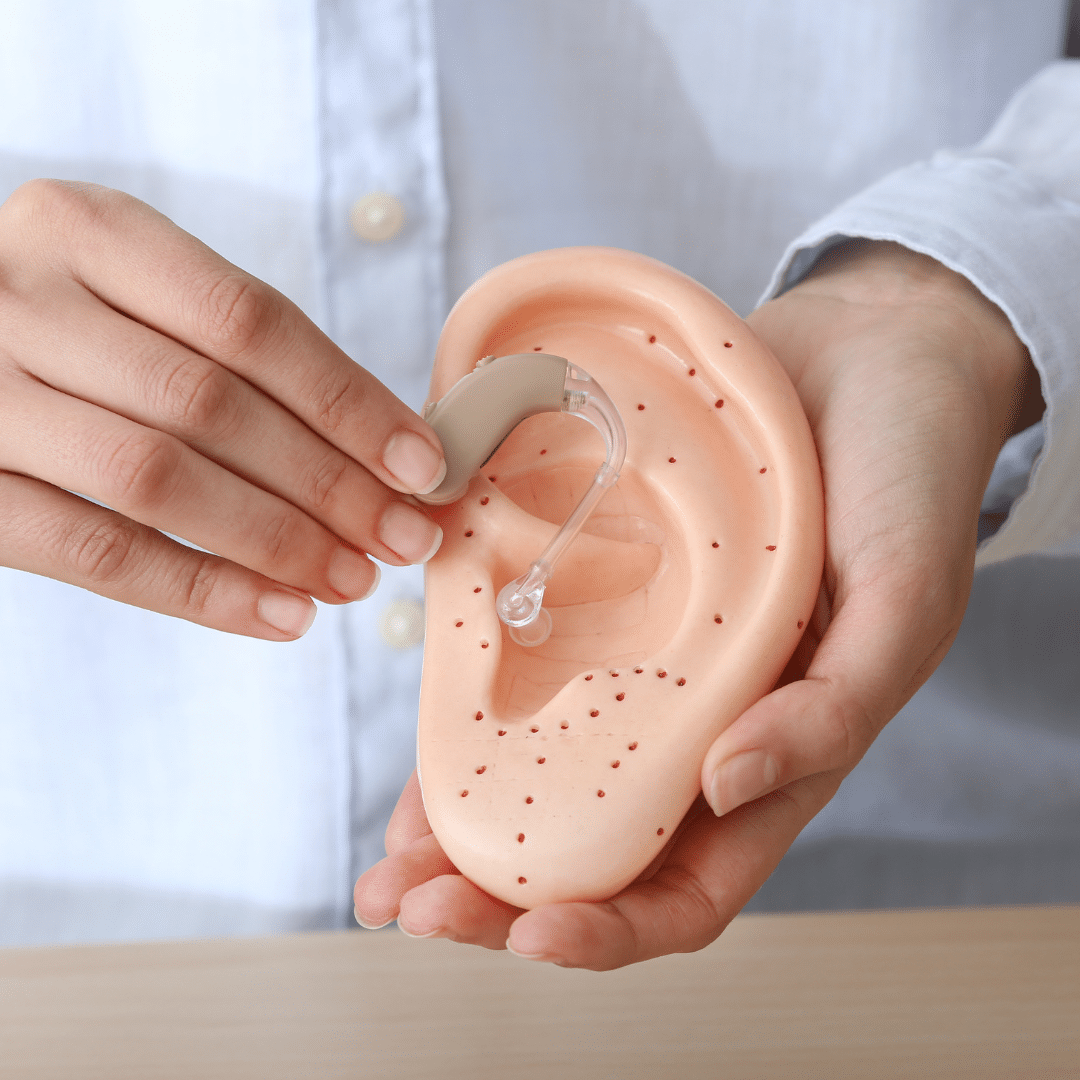Make exercise a family affair.
Just because you’re stuck indoors doesn’t mean you’re confined to the couch. Here are five exercise ideas that will keep the whole family happy and healthy.
When the weather turns cooler, it’s practically a rite of passage to wrap up in your favorite blanket and get cozy on the couch for a TV or movie binge-a-thon. But similar to eating your favorite sweets, playing the latest video games, or checking your social media accounts, some things are better done in moderation, right?
We know that exercise is the best medicine for Parkinson’s disease, but it can be downright difficult to stay motivated to work out during the fall and winter seasons. That’s why we came up with five creative ideas to stay active indoors that will make the whole family want to join the fun.
1. Make the most out of that Netflix binge.
Let’s say you can’t resist binging your favorite movie or TV show. Fair enough! We’re not here to judge. But why not turn it into a fitness activity while you’re catching up on the latest season?
When you hear a certain word or catchphrase on a movie or TV show, do a pushup, sit-up or jumping jack. Assign a word or phrase to a specific exercise move so that whenever you hear the word, you do the move associated with that word.
Here’s an example: When you hear the word, “football” – do a pushup. When you hear the word, “no” – do a sit-up. When you hear the name of one of the characters on the show, e.g., “Joe” – do a jumping jack.
When you hear more than one of those words in a sentence, you’ll find yourself challenged to do a sequence of moves. For instance, “No, Joe. I don’t want to play football!” would be a sit-up, followed by a jumping jack, followed by a pushup.
This can be done in a group by having each person choose an exercise to go with a certain word or catch phrase, and then the group switches to the next person’s rules during commercial breaks or every 15 minutes.
2. Shake your groove thing.
Dancing is one of the best fitness activities for people with Parkinson’s. Besides strengthening your heart and lungs, lowering your cholesterol and blood pressure, burning calories, improving your immune system and boosting your mood, dancing helps counter brain shrinkage and maintain healthy connections between your brain and body.
Feeling shy? Don’t be. This isn’t a “So You Think You Can Dance” audition, so why not turn up your favorite music and dance around the living room like nobody’s watching?
If there are people watching, even better! You can make it a fun group activity by playing “Freeze Dance.” Each person takes a turn manning the music selection. When they hit pause on the stereo, that’s the group’s cue to freeze and stay in the same position until the music restarts. Trust us, hilarity will ensue.
As a bonus, this gives you a chance to retrain your brain on what to do in the event that you do find yourself in an unintentional freeze.
3. Combine exercise with card games.
Who says you have to remain seated when playing cards? Grab a traditional deck of cards and play 52 Pickup. Here’s an example of how to play, but you can adjust the rules according to your group’s fitness capabilities, such as swapping cardio for stretching:
• Hearts (cardiovascular)—jumping jacks, jump rope, running laps around the house, mountain climbers
• Diamonds (core strength)—plank, sit-ups, leg lifts, scissor kicks
• Spades (legs)—squats, burpees, lunges, wall sits
• Clubs (arms)—push-ups, air punches, dips
On the same sheet of paper, write out how many repetitions of each exercise must be performed when a certain card is drawn. For instance, two through nine of a certain suit, such as hearts, would equal two through nine jumping jacks. Jack, queen and king could equal 10, 11, and 12 repetitions of that exercise. Ace could equal one. And pulling a Joker would involve jogging a lap around the house.
Spread out the cards upside down in the middle of the room. Each person takes turns drawing a card and must perform the number of repetitions for the exercise matching the card. You can increase the level of intensity of the game by keeping people on a 60-second timer when doing the exercises.
4. Simon says, “Revisit some playground classics.”
Nowadays, there are game consoles like Wii Fit that combine our love of video games with exercise to keep family members active. But part of our duty as adults is to teach younger generations the games we used to play in simpler “tech-free” times when kids relied on their own imaginations to make the most out of their recess break.
Do you remember “Simon Says?” Standing in front of the group, the person designated as “Simon” gives commands to the other players. However, the players must only obey commands that begin with the words, “Simon Says.” When Simon says, “Simon says, ‘Do 10 jumping jacks,’” then players must do 10 jumping jacks. If Simon doesn’t say “Simon Says” first but members of the group still do the command, they are out of the game. The remaining person gets to be the next Simon.
How about “Traffic Cop/Red Light, Green Light?” One person is chosen to be the traffic cop. All the players stand on the starting line and the traffic cop has their back to the rest of the players. When the traffic cop says, “green light,” players try to run to the finish line. When the traffic cop says, “red light,” they turn around and the players must stop in their tracks. The person who reaches the finish line first gets to be the next traffic cop.
Not only do these old-school playground activities give kids and adults alike the chance to run around and blow off steam, there are some serious brain-boosting exercises going on here. Research has found that games like “Simon Says” and “Traffic Cop” help children develop complex cognitive skills, while improving their memory and processing speed—which makes them ideal for people with Parkinson’s too.
By Kathryn Jones



